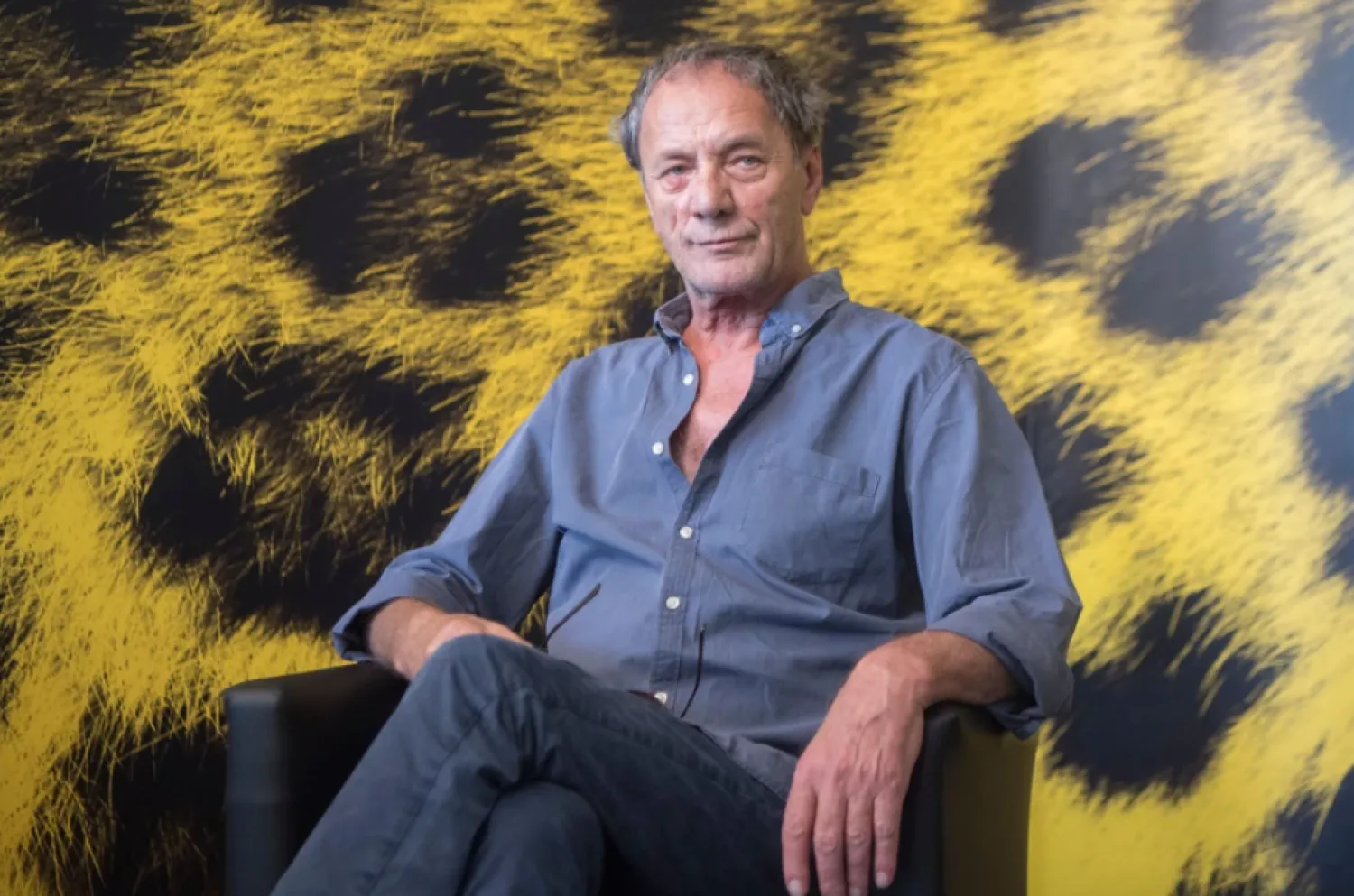Brussels is looking to protect two of its historical traditions: rod puppetry and a 1,680-square-meter flower carpet rolled out every second year in front of the Belgian capital's city hall, by granting them the UNESCO intangible cultural heritage status.
"Those two things are really part of our heritage, of our identity, they're part of our folklore, and we want to make sure they are preserved for the future," said the city's state secretary for heritage, Ans Persoons.
"When we think of protecting the past it should not only be about bricks and architecture but it should also be about our traditions and our culture."
Following the filings, UNESCO designations might follow in December, 2025, Reuters said.
Nicolas Geal, whose family theater is the only Brussels venue keeping the centuries-old tradition of rod puppetry alive, said the UNESCO listing might save the art form from oblivion.
"This way, maybe some other people will start new initiatives," said Geal, speaking in his Theatre Toone, which sits in Brussels' historical center and features several shows a week, its repertoire ranging from Dracula to Faust.
The rod puppetry tradition originates from traveling carnival theaters in the Renaissance and was widely popular during the 19th century. Nowadays, puppeteers concealed behind a screen bring puppets to life during shows by pulling their rods.
Just a stone's throw away is the city's fabled historic main square, or Grand Place, the setting for the biennale flower carpet tradition that attracts some 200,000 spectators each time.
Brussels laid its first flower carpet - a scented display that tracks its origins to Mediterranean countries in the 14th century - some 50 years ago. The next one is due in August, with around half a million begonias or dahlias for the design.
Brussels Seeks UNESCO Heritage Mark for Puppetry, Flower Carpet

Puppets are seen at the Royal Toone Theatre, in Brussels, Belgium, March 28, 2024. REUTERS/Yves Herman

Brussels Seeks UNESCO Heritage Mark for Puppetry, Flower Carpet

Puppets are seen at the Royal Toone Theatre, in Brussels, Belgium, March 28, 2024. REUTERS/Yves Herman
لم تشترك بعد
انشئ حساباً خاصاً بك لتحصل على أخبار مخصصة لك ولتتمتع بخاصية حفظ المقالات وتتلقى نشراتنا البريدية المتنوعة







